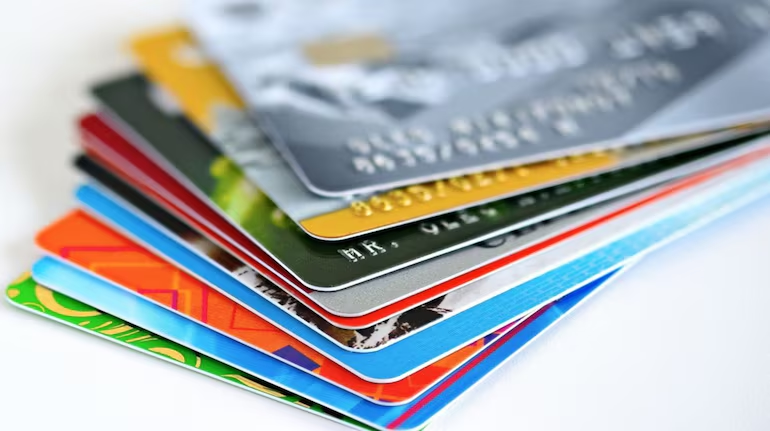What’s Best for Shopping Abroad: Debit, Prepaid Forex, or Zero-Forex Cards? Know the Pros and Cons
- byManasavi
- 10 Nov, 2025

If you frequently travel abroad, a significant portion of your travel expenses goes into foreign currency conversion and markup charges. Typically, banks charge a forex markup of 3%–3.5% on every transaction made through debit or prepaid forex cards. This is why zero-forex cards are gaining popularity—they don’t levy extra currency conversion charges.
What Are Zero-Forex Cards?
With zero-forex cards, customers only pay the actual exchange rate plus a nominal card network fee. For example, if an item costs $1 and the USD rate is ₹89, the cardholder will be charged ₹89.50 (including a ₹0.50 network fee). In comparison, a conventional debit or prepaid card may charge ₹92 or more for the same transaction.
New Bank and Fintech Offers
Several banks and fintech firms have recently launched zero-forex products:
- RBL Bank: World Safari Card
- IDFC First Bank: WOW Credit Card
- Scapia-Federal Bank: Credit Card
- Niyo (in partnership with DCB Bank and SBM Bank India): Debit and Credit Cards
These cards not only save you from forex markups but also offer rewards, cashback, and airport lounge access.
Prepaid Forex Card Limits
Prepaid forex cards require you to load money in advance. The advantage is that you can lock in the exchange rate—if the dollar is ₹88 at the time of loading, this rate applies for future transactions. The downside: your funds are blocked until needed, cash withdrawals can take 3–5 days to refund, and loading or reloading fees can cost ₹100–₹200.
Why Zero-Forex Cards Are Better
- No forex markup—save up to 3% on foreign transactions.
- No hassle of reloading or converting currency.
- Many cards, such as Scapia and Niyo, offer reward points and airport lounge access.
- Credit cards have a strong chargeback system, helping recover money quickly in case of fraud.
ATM Withdrawals: Exercise Caution
Zero-forex cards are not completely free. ATM withdrawals abroad can incur charges—around 2.5% for Scapia and up to ₹425 + GST for Niyo. Therefore, these cards are best used for digital payments and POS transactions.
Which Card Should You Choose?
- Frequent travelers: Zero-forex or high-reward credit cards are the best options—they reduce costs and offer benefits on every transaction.
- Occasional travelers: Standard prepaid forex cards are sufficient. Just be mindful of loading charges and withdrawal fees.




